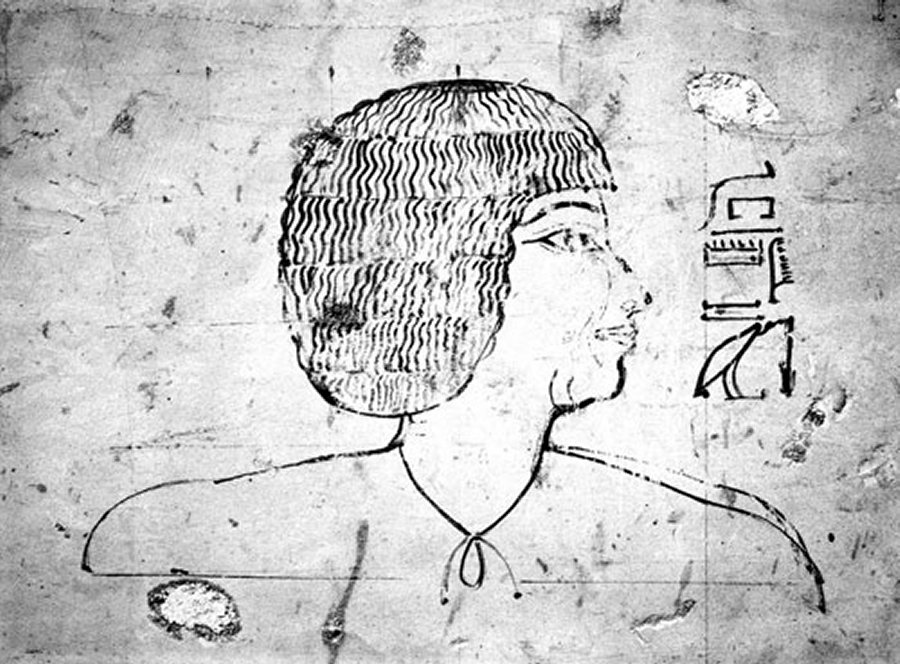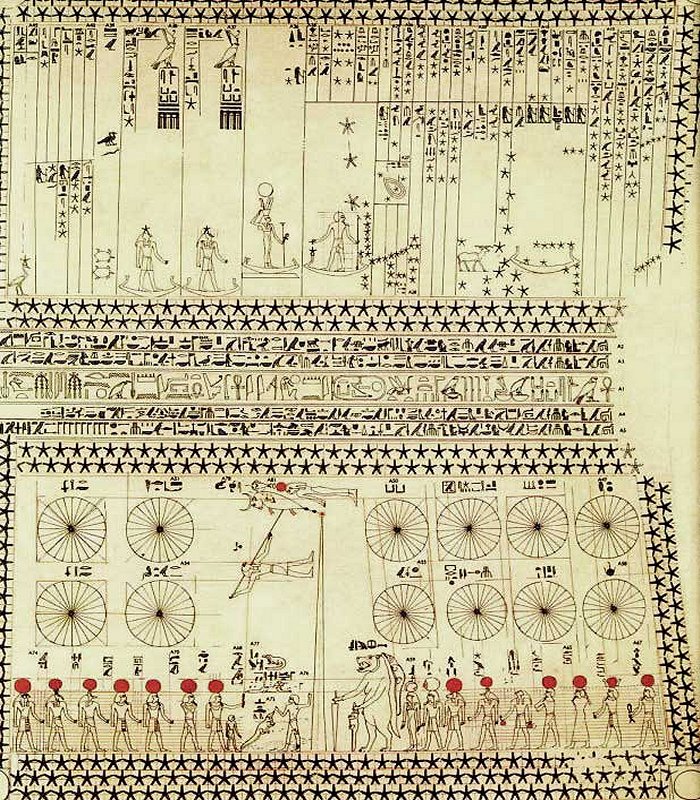Tomb Of Senenmut And Earliest Known Star Map In Ancient Egypt
A. Sutherland - AncientPages.com - The earliest known star map in Egypt was discovered more than eighty years ago and represented the central part of the tomb's decoration; inside the grave, a sketch of the tomb's owner was also found, later identified as Senenmut (Senemut).
Portrait of Senenmut, steward of Amun, in his Deir el-Bahri tomb (TT 252). Photograph by Harry Burton, 1926–27 (M8C 173). Archives of the Egyptian Expedition, Department of Egyptian Art. Credits: The Metropolitan Museum of Art
Senenmut was the steward of Amun, Senenmut, one of the most influential courtiers in the reign of the female pharaoh Hatshepsut and, in fact, her favored courtier.
The tomb (TT 353) is located north of the causeway leading to Hatshepsut's temple at Deir el-Bahri at Thebes on the West bank of the Nile. It was built during the 18th Egyptian dynasty (ca. 1473 BC).
The astronomical ceiling in Senenmut's tomb remains an imposing decoration, divided into two sky panels: southern (depicts decanal stars (small constellations), was often used in ancient Egyptian astronomy. There are also constellations such as Orion and Canis Major.
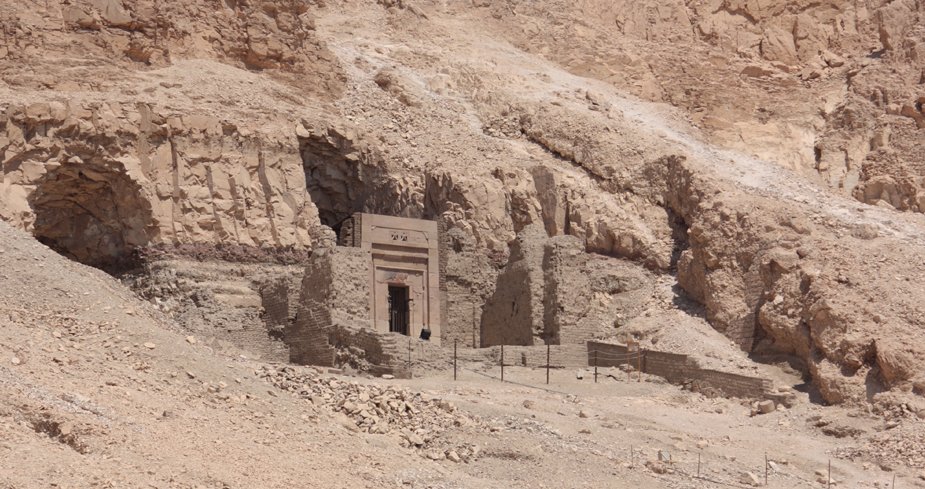 TT 353 of Sen-en-Mut (Senenmut tomb) - a hypogeum built by the order of Sen-en-Mut, 97.36m long and 41.93m deep. Image credit: Edal Anton Lefterov - CC BY-SA 3.0
TT 353 of Sen-en-Mut (Senenmut tomb) - a hypogeum built by the order of Sen-en-Mut, 97.36m long and 41.93m deep. Image credit: Edal Anton Lefterov - CC BY-SA 3.0
Over the sky, planets Jupiter, Saturn, Mercury, and Venus are all related to them, sailing in small boats across the sky. The southern part of the ceiling – means the hours of the night.
The northern part (lower part) shows Ursa Major's constellation; the other constellations remain unidentified. On the right and left of it, there are 8 or 4 circles, and below them are several deities, each carrying a sun disk towards the center of the picture.
The inscriptions associated with the circles mark the original monthly celebrations in the lunar calendar, whereas the deities mark the initial days of the lunar month.
Besides the astronomical ceiling in his tomb at Qurna, excavations also revealed 150 ostraca, including drawings, various lists, reports, and calculations.
The astronomical chart on the ceiling from Senenmut's tomb. Creator of the image: : Charles K. Wilkinson - CC0
The history of Senenmut's tomb is relatively obscure. Until the 16th year of Hatshepsut/Thutmosis III's reign, Senenmut still held his offices; then, something happened. His tracks were lost, and his unfinished tomb (TT353) was closed and partially destroyed.
Did he fall out of favor, or perhaps he retired? Maybe he died from natural causes.
His real burial place is unknown. The fascinating ceiling decoration makes us wonder what kind of person Senenmut was. He was born to literate, provincial-class parents, Ramose and Hatnofer. Yet, he rose to prominence during Hatshepsut's regency and became the king's influential and highly respected vizier.
Ostracon found from the dump below Senenmut's tomb chapel (SAE 71) thought to depict his double profile. Now residing in the Metropolitan Museum.
It is believed that Senenmut had more than 80 different titles.
He entered his career as the "Steward of the God's Wife" (Hatshepsut) and "Steward of the King's Daughter" (Neferure), which was confirmed when archaeologists found a statue carved into a deep niche above the façade of Senenmut's offering chapel.
The figure depicted Senenmut with Hatshepsut's daughter Neferure, whom he served as a tutor.
Was Senenmut also an astronomer? What kind of relationship did he have with Queen Hatshepsut? He was in charge of her money, buildings, and campaigns. His access to her was closer than any other person. In more than 20 statues, he is shown hugging Hatshepsut's daughter as a young child.
But just because they were close doesn't mean they had a sexual relationship.
Written by – A. Sutherland AncientPages.com Staff Writer
updated on June 14, 2022
Copyright © AncientPages.com All rights reserved. This material may not be published, broadcast, rewritten or redistributed in whole or part without the express written permission of AncientPages.com
Expand for referencesReferences:
More From Ancient Pages
-
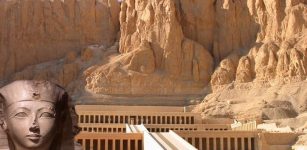 Pharaoh Hatshepsut: Skillful And Efficient Female Ruler Who Brought Prosperity To Ancient Egypt
Featured Stories | Mar 22, 2017
Pharaoh Hatshepsut: Skillful And Efficient Female Ruler Who Brought Prosperity To Ancient Egypt
Featured Stories | Mar 22, 2017 -
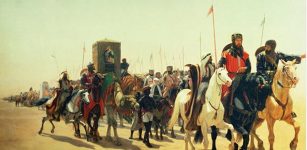 On This Day In History: Richard The Lionheart Arrives To The Holy Land – On June 8, 1191
News | Jun 8, 2016
On This Day In History: Richard The Lionheart Arrives To The Holy Land – On June 8, 1191
News | Jun 8, 2016 -
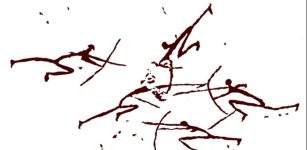 Violent Conflict Played A Crucial Role In Early Farming Societies In Neolithic Europe – New Study
Archaeology | Jun 19, 2023
Violent Conflict Played A Crucial Role In Early Farming Societies In Neolithic Europe – New Study
Archaeology | Jun 19, 2023 -
 Lost Advanced Ancient Forest Civilization In The South West Pacific Could Re-Write History – Legends And Archaeological Findings Examined
Ancient Mysteries | Apr 25, 2018
Lost Advanced Ancient Forest Civilization In The South West Pacific Could Re-Write History – Legends And Archaeological Findings Examined
Ancient Mysteries | Apr 25, 2018 -
 Skeleton Of Irish Giant Charles Byrne Will Not Be Displayed In The Hunterian Museum In London
Historical Figures | Jan 13, 2023
Skeleton Of Irish Giant Charles Byrne Will Not Be Displayed In The Hunterian Museum In London
Historical Figures | Jan 13, 2023 -
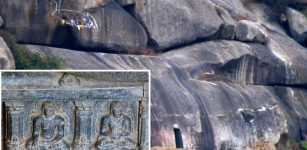 Barabar Caves: The Oldest Surviving Rock-Cut Caves With Acoustic Effects In India
Featured Stories | Jul 1, 2021
Barabar Caves: The Oldest Surviving Rock-Cut Caves With Acoustic Effects In India
Featured Stories | Jul 1, 2021 -
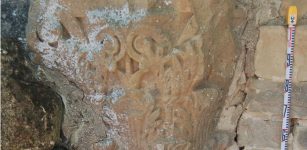 Large Previously Unknown Roman City Discovered At The Foot Of The Pyrenees
Archaeology | Jul 16, 2022
Large Previously Unknown Roman City Discovered At The Foot Of The Pyrenees
Archaeology | Jul 16, 2022 -
 America’s First Civilization Was Made Up Of ‘Sophisticated’ Engineers – New Evidence
Archaeology | Sep 2, 2021
America’s First Civilization Was Made Up Of ‘Sophisticated’ Engineers – New Evidence
Archaeology | Sep 2, 2021 -
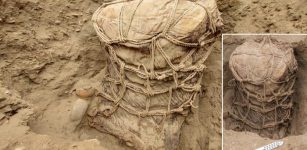 A 500-Year-Old Funerary Bundle And Pottery Probably Belonging To Ychsma Culture – Unearthed Near Lima, Peru
Archaeology | May 22, 2023
A 500-Year-Old Funerary Bundle And Pottery Probably Belonging To Ychsma Culture – Unearthed Near Lima, Peru
Archaeology | May 22, 2023 -
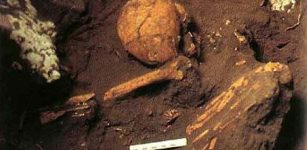 Curious 6,000-Year-Old Skull May Confirm Mythical Ancient Tribe Of Small Dark-Skinned People Did Exist!
Archaeology | Oct 11, 2022
Curious 6,000-Year-Old Skull May Confirm Mythical Ancient Tribe Of Small Dark-Skinned People Did Exist!
Archaeology | Oct 11, 2022 -
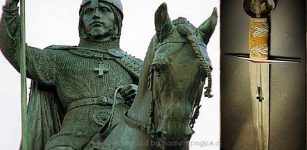 Prince Wenceslaus Of Bohemia Murdered On Order Of His Own Brother
Featured Stories | Nov 19, 2019
Prince Wenceslaus Of Bohemia Murdered On Order Of His Own Brother
Featured Stories | Nov 19, 2019 -
 Rare 3,000-Year-Old Gold Bead Found On Temple Mount By Young Boy
Archaeology | Nov 30, 2020
Rare 3,000-Year-Old Gold Bead Found On Temple Mount By Young Boy
Archaeology | Nov 30, 2020 -
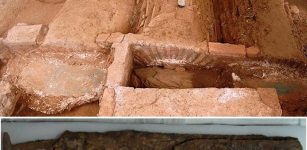 Gothic Warrior With Rare Sword Unearthed In Thessaloniki, Greece
Archaeology | Apr 23, 2021
Gothic Warrior With Rare Sword Unearthed In Thessaloniki, Greece
Archaeology | Apr 23, 2021 -
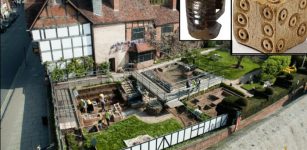 Relics From Day-To-Day Life At Shakespeare’s Home – Now Shown In New Virtual Exhibition
Archaeology | Dec 11, 2020
Relics From Day-To-Day Life At Shakespeare’s Home – Now Shown In New Virtual Exhibition
Archaeology | Dec 11, 2020 -
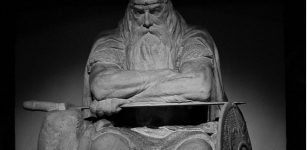 Legend Of Sleeping Hero Holger Danske: Viking Warrior Who Never Died
Featured Stories | May 8, 2016
Legend Of Sleeping Hero Holger Danske: Viking Warrior Who Never Died
Featured Stories | May 8, 2016 -
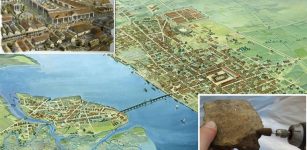 London Is Twice As Old As Previously Thought – New Discovery Reveals
Archaeology | Apr 9, 2020
London Is Twice As Old As Previously Thought – New Discovery Reveals
Archaeology | Apr 9, 2020 -
 Vedic God Indra: Ruler Of Heavens And Tough Warrior Who Kills Evil Serpent Vritra
Featured Stories | Feb 1, 2019
Vedic God Indra: Ruler Of Heavens And Tough Warrior Who Kills Evil Serpent Vritra
Featured Stories | Feb 1, 2019 -
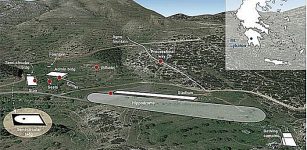 How ‘Listening’ To Archaeological Sites Could Shed Light On The Past
Archaeology | Dec 8, 2023
How ‘Listening’ To Archaeological Sites Could Shed Light On The Past
Archaeology | Dec 8, 2023 -
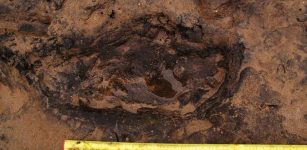 Rare Ancient Human Footprints Found On Gower Peninsula, Wales Are 7,000 Years Old
Archaeology | Mar 8, 2017
Rare Ancient Human Footprints Found On Gower Peninsula, Wales Are 7,000 Years Old
Archaeology | Mar 8, 2017 -
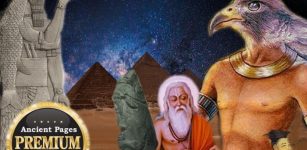 Sacred Ancient Texts Reveal Who Really Aligned The Oldest Monuments To The Stars
Ancient Mysteries | May 26, 2018
Sacred Ancient Texts Reveal Who Really Aligned The Oldest Monuments To The Stars
Ancient Mysteries | May 26, 2018

